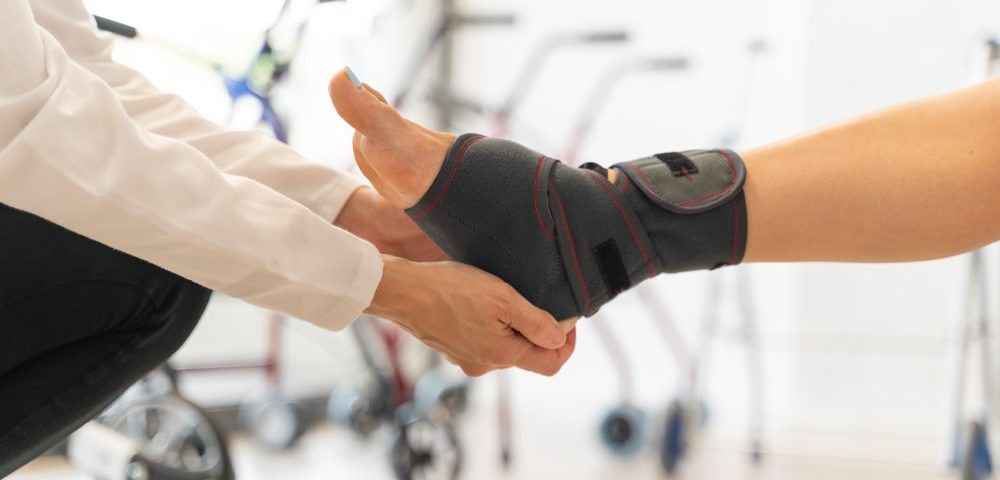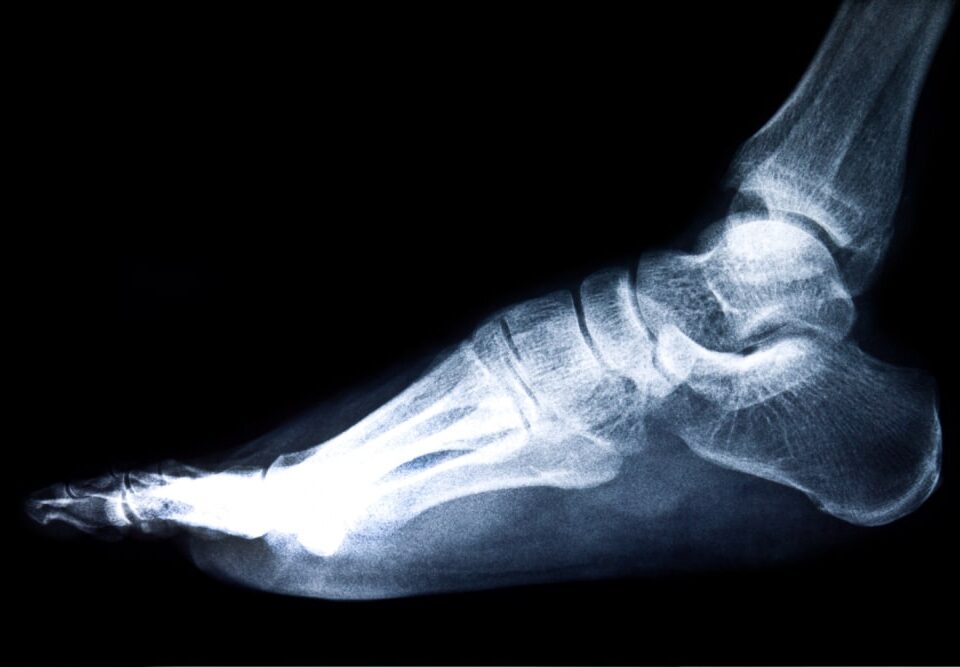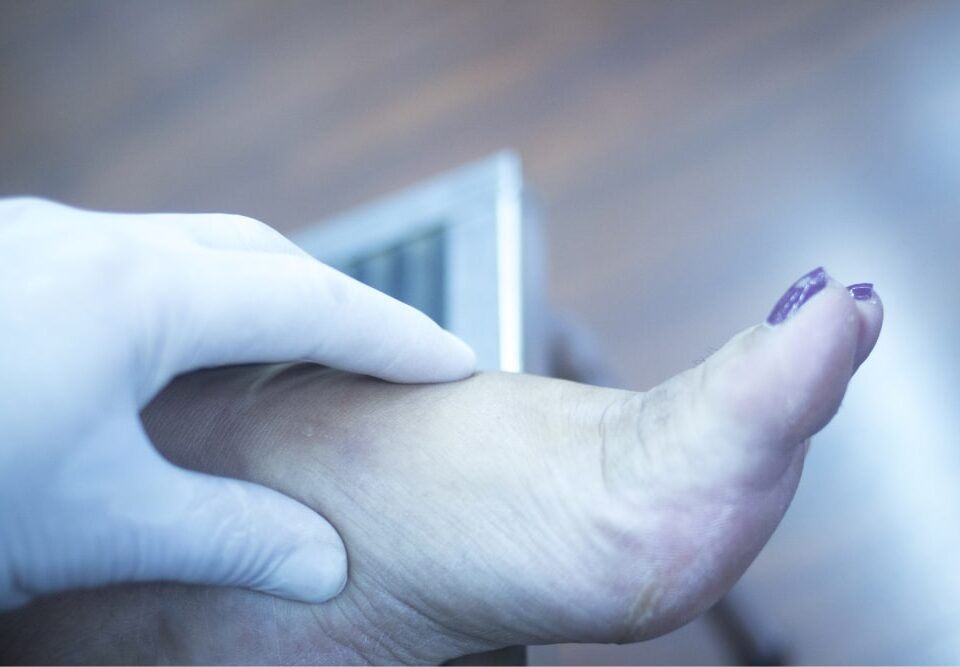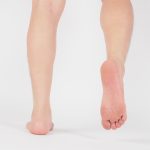
Running with Flat Feet: Is It Possible?
July 24, 2025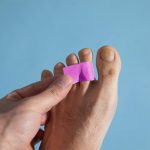
How to Fix Hammer Toes with Tape?
July 24, 2025If you’ve ever woken up with a sharp pain in your heel, you know how frustrating plantar fasciitis can be. The ache is deep. It can hit in the morning, after sitting, or even after just standing for too long. People try shoes, stretches, and ice, but still, the pain sticks around. This is where a brace for plantar fasciitis can help.
Braces are one of the simplest ways to ease the pain and support your foot. Whether you’re at work, sleeping, or going for a walk, a well-fitted brace can make a real difference. Let’s say how a brace for plantar fasciitis works, and how to choose the right one for your needs.
Table of Contents
ToggleAre There Braces for Plantar Fasciitis?
Yes, there are braces made just for plantar fasciitis. They’re designed to support the arch and ease the tension in the band of tissue at the bottom of your foot (that’s the plantar fascia). This band runs from your heel to your toes. When it’s inflamed, it hurts to walk or even stand.
A brace for plantar fasciitis helps in different ways depending on the type. Some are worn during the day to give arch support and ankle stability. Others are worn at night to stretch the foot while you sleep.
Foot doctors Phoenix say that these braces can:
- Keep your foot in a better position.
- Reduce strain on the heel.
- Limit movement that makes pain worse.
- Support the arch while walking.
- Help the fascia heal while resting.
They’re easy to use, affordable, and a great option to try before considering more serious treatments.
How Ankle Braces Help Plantar Fasciitis?
When you wear a brace for plantar fasciitis, it does two main things: supports and stretches.
Support
During the day, your foot takes a lot of pressure from standing, walking, or even just moving around the house. With plantar fasciitis, the arch collapses more than it should, pulling on the band of tissue (the plantar fascia) and causing small tears near the heel. A brace for plantar fasciitis supports the arch and keeps the foot in better alignment. This reduces how much the heel and fascia stretch with each step. It also helps prevent new damage, limits swelling, and improves balance. Some braces even have gel pads under the heel for extra shock absorption, which makes walking feel easier and less painful.
Stretch
At night, your foot naturally points downward while you sleep. This shortens the plantar fascia and tightens it over several hours. Then, when you take your first steps in the morning, the tissue suddenly stretches again, and that sharp, stabbing pain hits your heel. A brace for plantar fasciitis called a night splint keeps your foot flexed at about a 90-degree angle. This gentle stretch keeps the fascia from tightening overnight. Wearing it for just a few hours each night can make mornings much more bearable. Some splints even allow slight adjustments so you can increase the stretch gradually as your foot heals.
You can fix plantar fasciitis faster when your foot gets the right support from professional foot doctors Gilbert.
Which Brace is Best for Plantar Fasciitis?
Here’s a simple guide to choosing the best braces for plantar fasciitis based on your activity and comfort:
| Type of Brace | When to Use | Why It Helps |
| Soft day brace | During daily activities | Supports arch, reduces strain, fits in shoes |
| Rigid ankle brace | During long walks or work | Limits movement, provides strong support |
| Night splint | While sleeping | Stretches foot overnight, reduces morning pain |
| Wrap-style brace | Anytime | Easy to adjust, lightweight, fits most feet |
| Compression sleeve | All day, light activity | Reduces swelling, adds mild support |
Pick the one that matches your lifestyle. Some people even use two types—one for day, one for night.
Best Plantar Fasciitis Treatments in Phoenix
If you’re still hurting even with a brace for plantar fasciitis, it’s time to get expert care. At Foot and Ankle Specialty Centers, we treat plantar fasciitis every day in Phoenix, Gilbert, Mesa, Chandler, and Scottsdale.
Our goal is simple: help you walk pain-free. We build treatment plans that match your daily needs and lifestyle.
So, book your visit online today and let us take care of your Plantar Fasciitis treatment.
Let’s Recap
A brace for plantar fasciitis is a proven tool to ease heel pain and help your foot heal. You can use them for day support, night stretching, or both. The key is to start early. Support your feet now, and avoid worse problems later.
FAQs
Do ankle braces help with plantar fasciitis?
Yes, they support the foot, reduce strain, and ease heel pain.
Is a diagnosis necessary to wear a brace for plantar fasciitis?
No, but seeing a doctor helps you pick the best brace and avoid delays in healing.
What is the best plantar fasciitis brace for running?
Look for a soft, flexible brace that supports the arch but allows movement.
What is the best plantar fasciitis brace for sleeping?
A night splint that keeps the foot gently stretched works best.
What is the best plantar fasciitis brace for walking?
A firm ankle brace with arch support helps reduce pain during walks.
What is the best plantar fasciitis brace for daytime?
Compression sleeves or low-profile braces fit well in shoes and help with daily activity.
What should you not wear with plantar fasciitis?
Avoid flat shoes, flip-flops, or anything with no arch or heel support.
Should I wrap my ankle if I have plantar fasciitis?
Yes, light wrapping or bracing can reduce pain and protect the plantar fascia.

